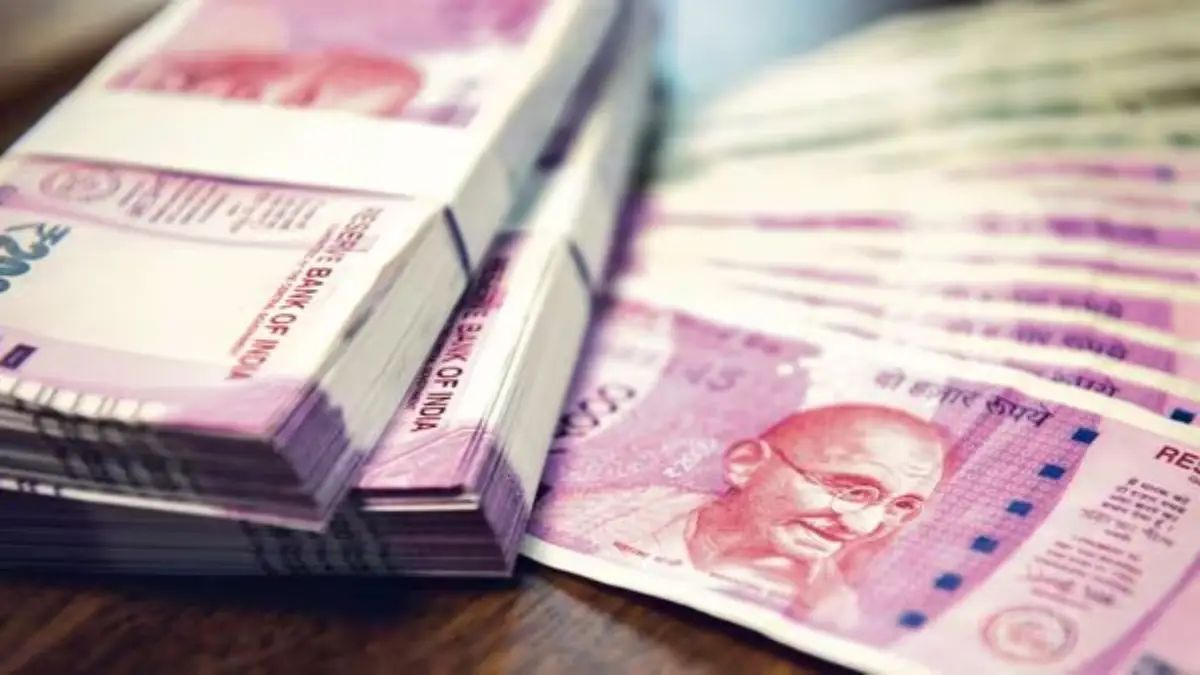The Indian rupee traded in a narrow range on Thursday, influenced by importers’ and exporters’ currency flows as the quarter-end approaches. Despite a slight strengthening to 88.6250 against the US dollar from the previous close of 88.69, the currency remains near record lows.
Earlier this week, the rupee hit an all-time low of 88.7975. It has depreciated over 3% this quarter, marking its most significant quarterly fall since mid-2022. Data shows the currency has declined nearly 30.6% against the US dollar since 2014.
In a note cited by PTI, brokerage firm Care Edge attributed the rupee’s underperformance to several factors, including the implementation of US secondary tariffs, a recent hike in H-1B visa fees, and sustained outflows by Foreign Portfolio Investors (FPI). Unlike many major currencies that have gained against the dollar this year, the rupee has weakened.
The brokerage expects the rupee to stay under pressure in the near term, likely trading between 88-89. However, it anticipates that the Reserve Bank of India (RBI) will intervene to curb excessive volatility.
Despite the challenges, Care Edge maintains a forecast of 85-87 for the USD/INR pair by the end of the 2025-26 financial year. This outlook is supported by several factors: a softening US dollar, a firm Chinese yuan, India’s manageable Current Account Deficit (projected at 0.9% of GDP), and the potential for a US-India trade deal.
The report also noted that on a Real Effective Exchange Rate (REER) basis, the rupee is currently undervalued, suggesting room for medium-term appreciation. The final outcome, however, will heavily depend on the progress of US-India trade negotiations and related policies.
